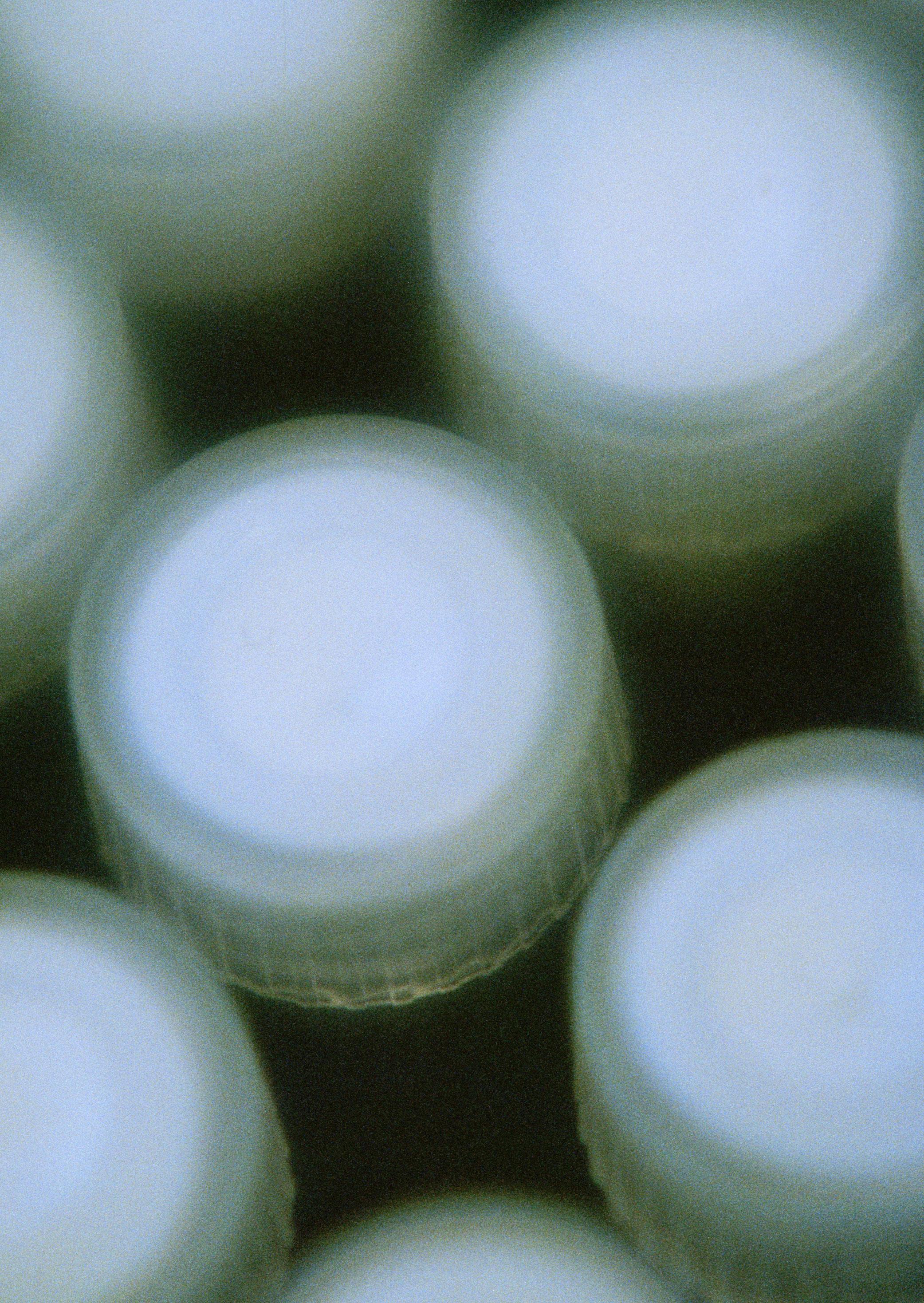
1 minute read
The Water
The west wind blows it inland. It is in the grass. In the soil. In pesticides spread over conventional fields. And now it has also been found in groundwater in many parts of Denmark.
Three kilometers from the waves of the North Sea lies Engbjerg Waterworks, one of about 3000 major waterworks in Denmark. Previously, the boreholes at the site reached 60 meters into the subsoil, but when the waterworks was to be expanded four years ago, it was decided to drill 220 meters into the ground to find clean water. It’s all about safety. Safety from the pollutants that have accumulated in nature in recent decades and are slowly seeping down towards the aquifers.
The fluorinated PFAS substances have so far only been found in samples close to the surface of the ground around the country - though not in the vicinity of Engbjerg Waterworks’ wells. But the lack of research in this area leaves many questions. How quickly does PFAS seep through topsoil, sand and gravel? How much of it degrades on the way? Is drinking water at risk right now? What about in 10 years?
Albert Jensen, Development Manager at Lemvig Vand, is quite confident when it comes to safeguarding the water they send out to 11,000 households from Engbjerg Waterworks.
“We choose the location of the wells so that we don’t have sand and gravel over the aquifers,” he says. This is because the structure of sand and gravel leaves a lot of microscopic cavities in the subsoil, through which contaminated water can easily move.
The waterworks’ wells, on the other hand, lie under a 60-meter-thick layer of clay, which slows down whatever might get down there. In addition, there are monthly laboratory tests and the ability to filter the water with activated carbon before it is sent out through the plant’s piping systems.
“But the risk of PFAS getting into the aquifer at all is non-existent as it is right now,” says Albert Jensen.











